My first idea was to use a JFET as the heart of the switch. I opted for the JFET because of its normally closed property. See below for the circuit.
V1 is at 2.5V dc, 20mA max. And V2 is at 1.1V ac @10Mhz, 1mA max. To drive the semiconductor switch J, the user closes switch S and J will have to open, so no current is allowed to flow through the channel anymore. Making the switch open. I soon learned that a JFET is not really suited to act as a switch.
So my question is : what would be a good semiconductor or analog ic-switch to replace the JFET is this circuit?
NB: This switch is intended as a silicon version of an everyday household-switch(although with lower voltages). So no signal or data flow has to be switched.


